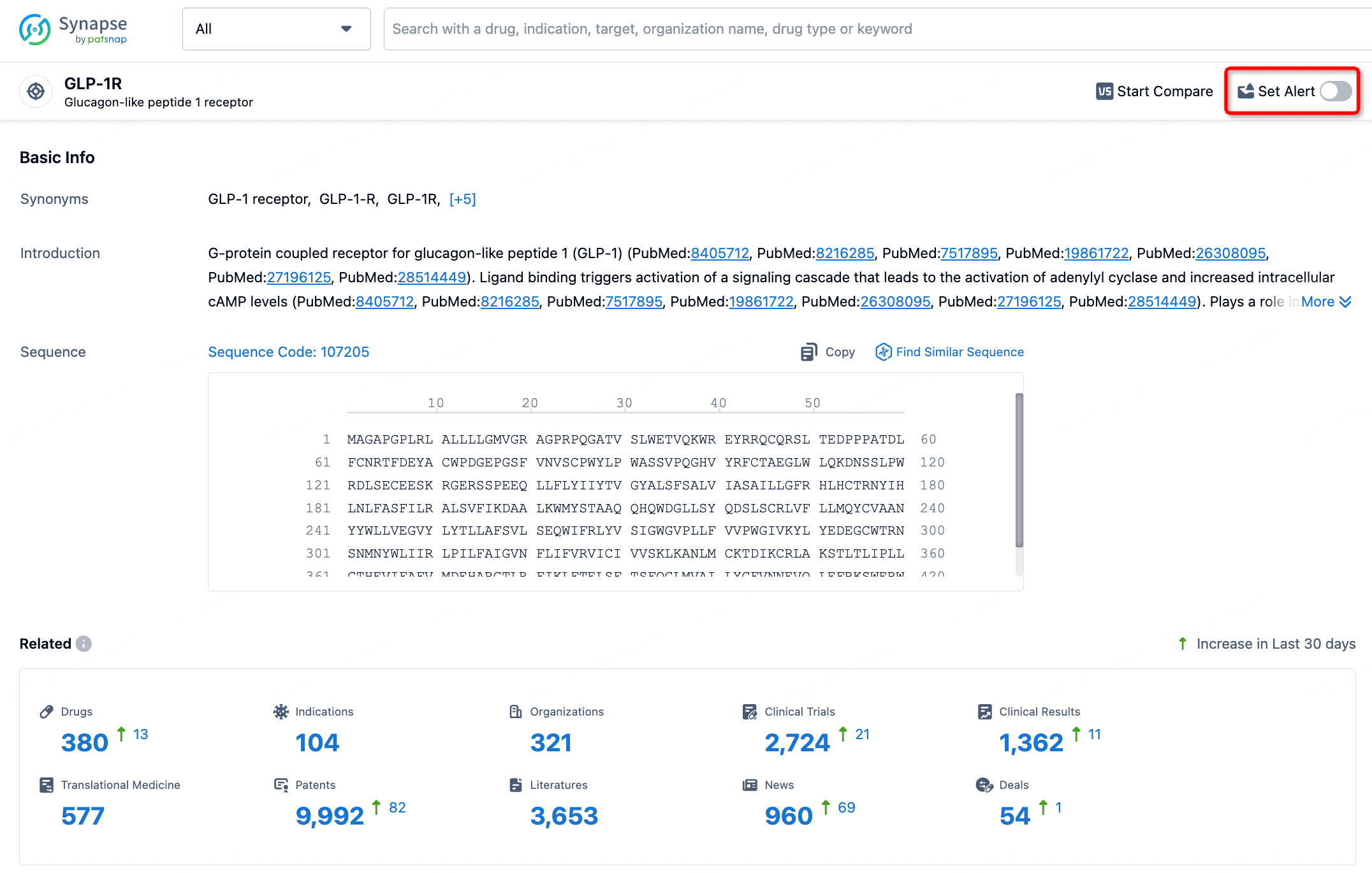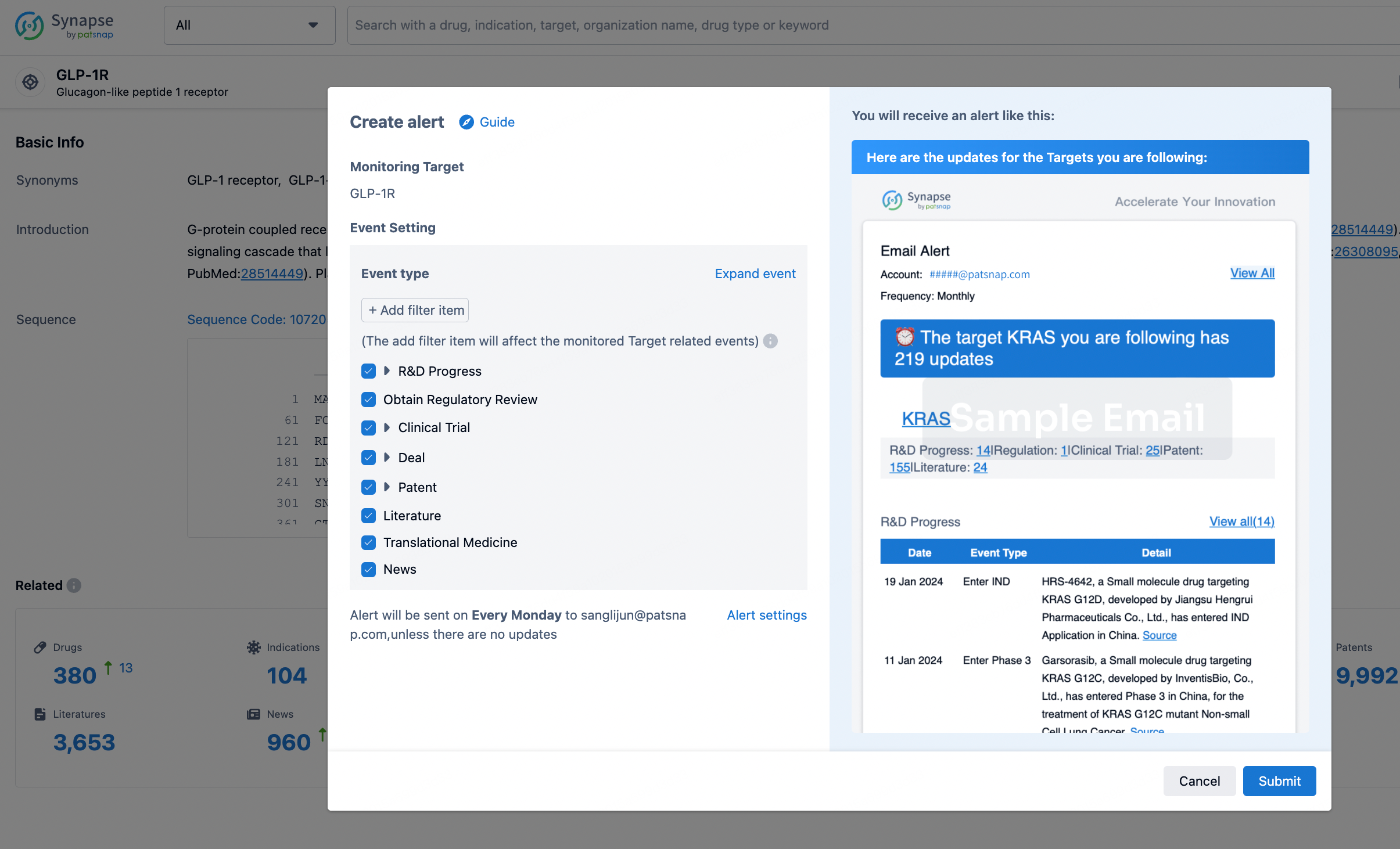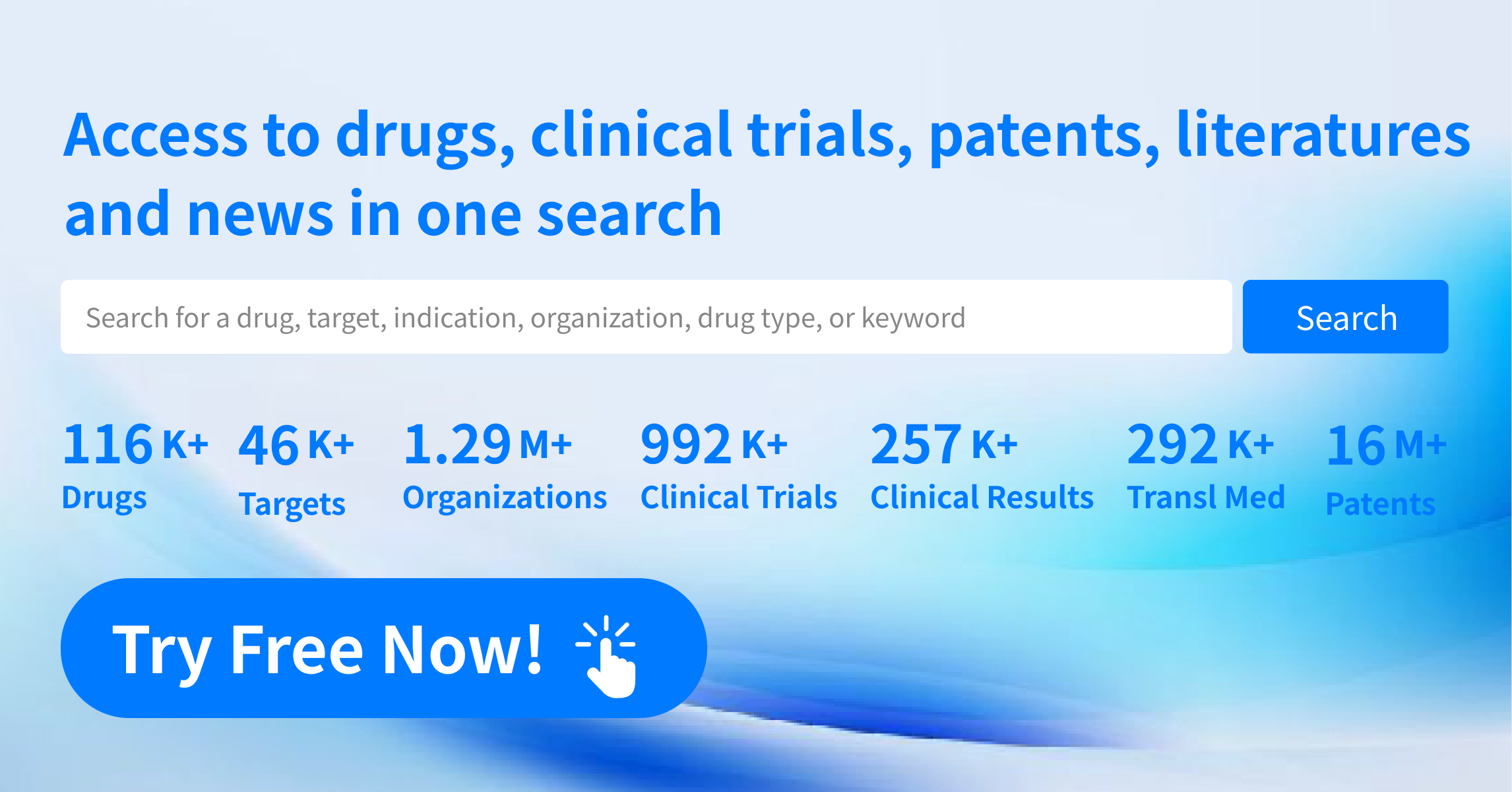Request Demo
What are CAMK2B stimulators and how do they work?
25 June 2024
Calcium/calmodulin-dependent protein kinase II beta (CAMK2B) is a critical enzyme in cellular signaling pathways, particularly in the brain. CAMK2B is part of the larger CAMK2 family, which plays a pivotal role in various cellular processes, including synaptic plasticity, memory formation, and learning. Interest in CAMK2B stimulators has grown significantly due to their potential therapeutic applications in neurological disorders and cognitive enhancement. This blog post aims to provide an introduction to CAMK2B stimulators, explain how they work, and discuss their current and potential uses.
CAMK2B stimulators are compounds designed to enhance the activity of the CAMK2B enzyme. CAMK2B is activated by an increase in intracellular calcium levels, which leads to the binding of calcium to calmodulin, forming the calcium/calmodulin complex. This complex then activates CAMK2B through phosphorylation, allowing it to phosphorylate various downstream targets involved in cellular signaling and function. CAMK2B stimulators effectively increase the efficiency or duration of this activation process.
In addition to enhancing calcium/calmodulin binding, these stimulators may also increase the enzyme's sensitivity to calcium, promote its autophosphorylation, or stabilize its active conformation. This heightened activation can lead to enhanced synaptic plasticity, which is the ability of synapses to strengthen or weaken over time in response to increased or decreased activity. Synaptic plasticity is fundamental to learning and memory, making CAMK2B stimulators exciting candidates for cognitive enhancement therapies.
CAMK2B stimulators are primarily researched for their potential in treating neurological disorders. Conditions such as Alzheimer's disease, Huntington's disease, and schizophrenia have been linked to dysregulation of the CAMK2 pathway. By restoring proper CAMK2B activity, these stimulators may help mitigate the cognitive deficits and synaptic dysfunction associated with these disorders. Additionally, CAMK2B stimulators are being explored for their potential to enhance cognitive function in healthy individuals, offering a possible avenue for cognitive enhancement and neuroprotection.
In Alzheimer's disease, for example, abnormal CAMK2 activity is associated with impaired synaptic plasticity and memory loss. CAMK2B stimulators could help counteract these effects by promoting synaptic strengthening and improving cognitive function. Similarly, in Huntington's disease, where CAMK2 dysfunction contributes to neurodegeneration, these stimulators may offer neuroprotective benefits by supporting neuronal health and function.
Beyond their therapeutic potential, CAMK2B stimulators hold promise for cognitive enhancement in healthy individuals. By boosting synaptic plasticity and memory formation, these compounds could enhance learning and memory in various contexts, from academic performance to age-related cognitive decline. However, the safety and efficacy of CAMK2B stimulators for cognitive enhancement in healthy populations remain areas of ongoing research.
In conclusion, CAMK2B stimulators represent a promising avenue for the development of new therapies for neurological disorders and cognitive enhancement. By enhancing the activity of the CAMK2B enzyme, these compounds can promote synaptic plasticity and improve cognitive function, offering potential benefits for individuals with neurological conditions and healthy individuals alike. As research continues to advance, CAMK2B stimulators may become valuable tools in the quest to understand and improve brain function.
CAMK2B stimulators are compounds designed to enhance the activity of the CAMK2B enzyme. CAMK2B is activated by an increase in intracellular calcium levels, which leads to the binding of calcium to calmodulin, forming the calcium/calmodulin complex. This complex then activates CAMK2B through phosphorylation, allowing it to phosphorylate various downstream targets involved in cellular signaling and function. CAMK2B stimulators effectively increase the efficiency or duration of this activation process.
In addition to enhancing calcium/calmodulin binding, these stimulators may also increase the enzyme's sensitivity to calcium, promote its autophosphorylation, or stabilize its active conformation. This heightened activation can lead to enhanced synaptic plasticity, which is the ability of synapses to strengthen or weaken over time in response to increased or decreased activity. Synaptic plasticity is fundamental to learning and memory, making CAMK2B stimulators exciting candidates for cognitive enhancement therapies.
CAMK2B stimulators are primarily researched for their potential in treating neurological disorders. Conditions such as Alzheimer's disease, Huntington's disease, and schizophrenia have been linked to dysregulation of the CAMK2 pathway. By restoring proper CAMK2B activity, these stimulators may help mitigate the cognitive deficits and synaptic dysfunction associated with these disorders. Additionally, CAMK2B stimulators are being explored for their potential to enhance cognitive function in healthy individuals, offering a possible avenue for cognitive enhancement and neuroprotection.
In Alzheimer's disease, for example, abnormal CAMK2 activity is associated with impaired synaptic plasticity and memory loss. CAMK2B stimulators could help counteract these effects by promoting synaptic strengthening and improving cognitive function. Similarly, in Huntington's disease, where CAMK2 dysfunction contributes to neurodegeneration, these stimulators may offer neuroprotective benefits by supporting neuronal health and function.
Beyond their therapeutic potential, CAMK2B stimulators hold promise for cognitive enhancement in healthy individuals. By boosting synaptic plasticity and memory formation, these compounds could enhance learning and memory in various contexts, from academic performance to age-related cognitive decline. However, the safety and efficacy of CAMK2B stimulators for cognitive enhancement in healthy populations remain areas of ongoing research.
In conclusion, CAMK2B stimulators represent a promising avenue for the development of new therapies for neurological disorders and cognitive enhancement. By enhancing the activity of the CAMK2B enzyme, these compounds can promote synaptic plasticity and improve cognitive function, offering potential benefits for individuals with neurological conditions and healthy individuals alike. As research continues to advance, CAMK2B stimulators may become valuable tools in the quest to understand and improve brain function.
How to obtain the latest development progress of all targets?
In the Synapse database, you can stay updated on the latest research and development advances of all targets. This service is accessible anytime and anywhere, with updates available daily or weekly. Use the "Set Alert" function to stay informed. Click on the image below to embark on a brand new journey of drug discovery!
AI Agents Built for Biopharma Breakthroughs
Accelerate discovery. Empower decisions. Transform outcomes.
Get started for free today!
Accelerate Strategic R&D decision making with Synapse, PatSnap’s AI-powered Connected Innovation Intelligence Platform Built for Life Sciences Professionals.
Start your data trial now!
Synapse data is also accessible to external entities via APIs or data packages. Empower better decisions with the latest in pharmaceutical intelligence.


